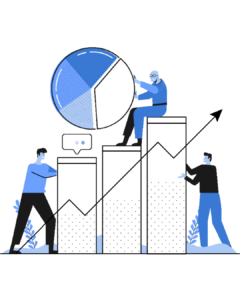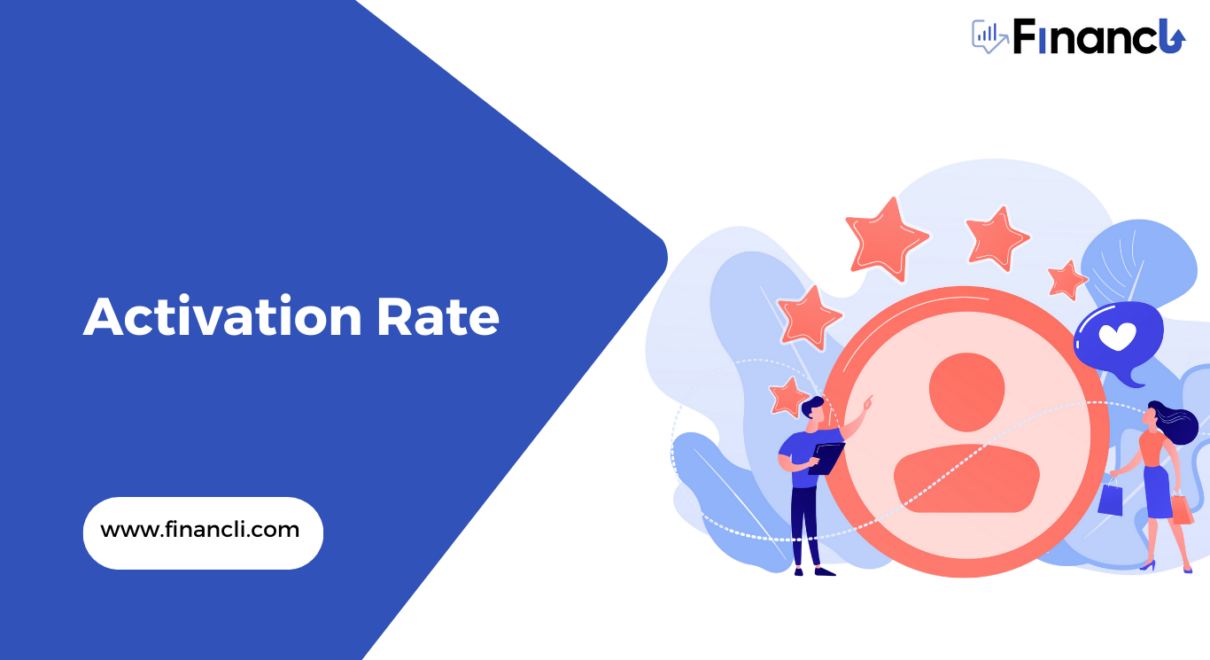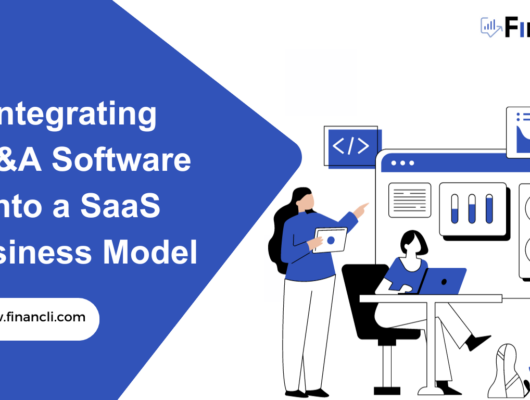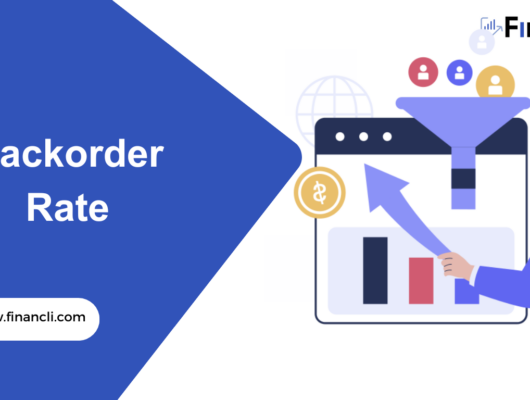Activation Rate
Activation rate refers to the proportion of users or customers who engage with a particular product, service, or feature during a specific time period. It is a standard metric various industries use. These include marketing, software development, and social media.
Let’s look at an example of a digital marketing campaign. Their activation rate measures the effectiveness of a campaign in converting website visitors into customers. For instance, if 1000 people visit a website and 100 sign up for a free trial, it would be 10%.
The activation rate in software development tracks user engagement with specific features. For instance, if a software product has a new feature, it would be the number of users who engage with that feature divided by the total number of users.
In general, the activation rate is a valuable metric. It evaluates the success of a particular product or campaign in engaging users or customers. Businesses and organizations can identify improvement areas by measuring and analyzing activation rates. They can also make data-driven decisions to optimize user engagement and satisfaction.
Formula
The activation rate measures the number of users actively engaging with a product or service. It is typically calculated as the ratio of the number of active users to the total number of users, expressed as a percentage.
The formula for the activation rate is:
Activation Rate = (Number of Active Users / Total Number of Users) x 100%
For example, if a social media platform has 1 million registered users, and 500,000 of them are actively using the platform monthly, then the activation rate would be:
Activation Rate = (500,000 / 1,000,000) x 100% = 50%
How to Visualize the Activation Rate?
Activation rate measures the frequency with which a neuron in a neural network fires or becomes activated. One way to visualize the activation rate is to create a histogram. Histogram shows the distribution of activation rates for a set of neurons in the network.

Here are the steps to create a histogram of activation rates:
- Collect data on the activation rates of the neurons you want to visualize. This is done by running a set of input data through the neural network and recording the activation rate of each neuron.
- Calculate it for each neuron by dividing the number of times it fires by the total number of inputs.
- Create a histogram by plotting it on the x-axis and the number of neurons with that activation rate on the y-axis. You can use matplotlib or seaborn in Python to create the histogram.
- You can customize the histogram by changing the bin size, colors, labels, and other parameters to make it more informative and visually appealing.
- Interpret the histogram by analyzing the distribution of activation rates. You may notice clusters or patterns in the distribution that can provide insights into the behavior of the neural network.
Visualizing activation rates can help you better understand how a neural network processes information and makes decisions.
Importance of in the SaaS Industry?
Activation rate, also known as user activation rate or user engagement rate, is an essential metric in the SaaS (Software-as-a-Service) industry. It measures the percentage of users who have taken a specific action. It indicates they have achieved a meaningful level of engagement with the product or service, such as creating an account, completing a profile, or making their first purchase.
There are several reasons why it is essential in the SaaS industry:
- Retention: High activation rates correlate with higher retention rates, meaning activated users are likelier to continue using the product over time. This is important because retention is a critical factor in the long-term success of a SaaS company.
- Revenue: Users who are activated are more likely to become paying customers. In fact, according to some estimates, users who complete the activation process are up to four times more likely to convert to paying customers than those who don’t.
- Referrals: Activated users are more likely to refer their friends and colleagues to the product or service. This can lead to organic growth and lower customer acquisition costs.
- Product Development: Activation rate can provide valuable insights into the user experience and help product teams identify areas for improvement. For example, if many users drop off during the onboarding process, it may be a sign that the process needs to be streamlined or made more intuitive.
In short, the activation rate is a critical metric that can provide valuable insights into a SaaS company’s health and growth potential. Companies can improve retention, revenue, and product development by enhancing activation rates, ultimately leading to long-term success.
What is a Reasonable Activation Rate for SaaS?
The activation rate for a SaaS (Software as a Service) product is the percentage of users who have successfully adopted and engaged with the product after signing up.

The ideal activation rate can vary depending on the specific SaaS product and the industry it operates. However, in general, a reasonable activation rate for a SaaS product is typically considered to be around 40-60%.
It’s important to note that it is just one metric to track the success of a SaaS product. Other important metrics include customer retention, lifetime value, churn rate, and revenue growth.
What is the Activation Rate for B2B SaaS?
The activation rate for a B2B (business-to-business) SaaS (Software as a Service) product can vary depending on the product, industry, and targeted customer segment. However, in general, a good activation rate for a B2B SaaS product is typically considered to be around 50%.

B2B SaaS products often have longer sales cycles and higher price points than B2C (business-to-consumer) SaaS products. Therefore, it can take longer to see a significant number of activations. However, once a B2B customer has successfully adopted and integrated a SaaS product into their business processes, they are more likely to continue using the product over the long term, resulting in higher customer lifetime value.
It’s essential to track the activation rate and other vital metrics, such as customer retention
, churn rate, and revenue growth to ensure the ongoing success of a B2B SaaS product.
How to Increase Activation Rate for SaaS?
The activation rate is the percentage of users who sign up for your SaaS (Software as a Service) product and then go on to complete a specific action or set of actions. It demonstrates their engagement and intention to continue using the product. Increasing it can help ensure that your product delivers value to users. And can lead to increased customer retention and revenue.
Here are some strategies you can use to increase the activation rate for your SaaS:
- Improve Onboarding: Make the onboarding process as simple and straightforward as possible. Provide clear instructions and resources to help users get started and offer assistance in case they encounter any issues.
- Targeted Email Campaigns: Use targeted email campaigns to encourage users to complete specific actions or to offer helpful tips and resources to guide them through the activation process.
- Personalization: Use data to personalize the user experience and offer tailored recommendations or content that matches their interests or needs.
- A/B Testing: Experiment with different approaches to onboarding, messaging, and incentives to see which strategies are most effective in increasing it.
- Incentivize Activation: Offer incentives or rewards for users who complete specific actions or milestones, such as a free trial extension, access to premium features, or discounts on future purchases.
- User Feedback: Gather user feedback to identify areas where your onboarding process or product experience can be improved. Use this feedback to make changes easier for users to activate and continue using your product.
Remember, the key to increasing the activation rate is understanding your users’ needs and motivations and providing a positive and engaging experience that encourages them to keep using your product.
Examples of Activation Rate Milestones in SaaS
Activation rate milestones in SaaS (Software as a Service) typically refer to the percentage of users who have reached a certain level of engagement with the product or service. Here are some examples of activation rate milestones that SaaS companies might track:
- Account creation: The percentage of users who have created an account on the platform.
- Onboarding completion: The percentage of users who have completed the onboarding process, which may include setting up a profile, connecting to relevant data sources, or completing a tutorial.
- First login: The percentage of users who have logged into the platform for the first time.
- Feature adoption: The percentage of users who have started using a specific platform feature.
- Daily active users (DAU): The percentage of users who log in to the platform daily.
- Weekly active users (WAU): The percentage of users who log in to the platform weekly.
- Monthly active users (MAU): The percentage of users who log in to the platform monthly.
- Paid conversion rate: The percentage of users who have converted from a free trial or freemium model to a paid subscription.
- Churn reduction: The percentage of users who have been retained over a specific time period.
By tracking these activation rate milestones, SaaS companies can better understand user behavior, identify areas for improvement, and optimize their user acquisition and retention strategies.
Most Common Mistakes People Make When Setting Milestones
Setting activation rate milestones in SaaS can be a valuable way to measure the effectiveness of onboarding and user engagement efforts. Still, it’s essential to avoid some common mistakes that can undermine their usefulness. Here are some of the most common mistakes people make when setting milestones:
- Setting the bar too high: Setting an activation rate milestone that is too high can be demotivating and unrealistic. It’s essential to set a realistic benchmark that considers the onboarding process’s complexity and the level of engagement required to achieve a particular milestone.
- Focusing on the wrong metrics: Getting caught up in metrics that don’t measure the effectiveness of onboarding and user engagement efforts is easy. For example, measuring the number of downloads or signups is not the best way to gauge the success of your onboarding process. Instead, focus on metrics that show how users engage with your product and get value from it.
- Ignoring context: Every product and user base is different. Therefore. it’s essential to consider the unique context of your SaaS product when setting milestones. A milestone that works well for one product may not be relevant or effective for another.
- Overemphasizing early engagement: While early engagement is essential, measuring engagement over time is also important. Focusing too heavily on early activation rate milestones may lead to neglecting the importance of retention and long-term engagement.
- Not iterating and updating milestones: Activation rate milestones should evolve with the product and user base. Failing to update them over time can lead to measuring irrelevant metrics or missing out on new opportunities to understand user behavior and engagement better.
By avoiding these common mistakes, SaaS companies can set activation rate milestones that accurately measure user engagement and onboarding success and use them to improve their product and user acquisition strategies.







